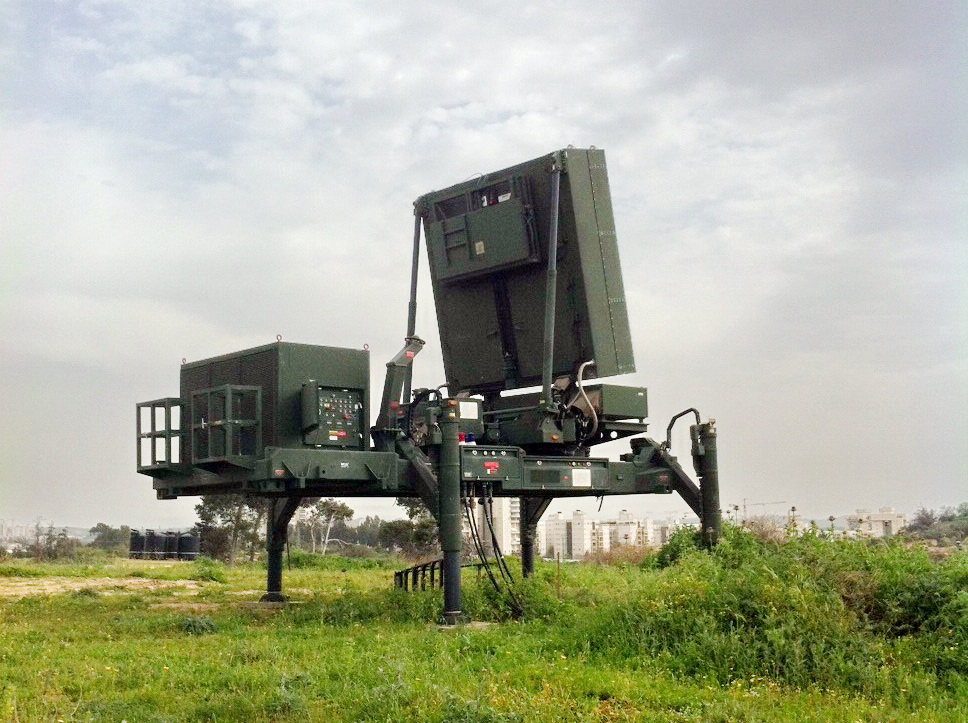Since 2011, Israel has used an advanced, mobile missile defense system called the Iron Dome to protect its civilian population from rockets fired from the Gaza Strip. Initially employed at Beersheba, the system was so successful in its mission that the Israel Defense Forces began deploying it to other areas, and even ships at sea.
It’s hard to argue with its success. By 2014, the Iron Dome intercepted an estimated 1,200 rockets fired from Hamas fighters in Gaza, with a 90% success rate. Now, Israel is getting ready to deploy an upgraded version of the Iron Dome, its laser-based Iron Beam.
Israel is a country with enemies on at least three borders, all bent on its destruction: Syria, Lebanon, and the Gaza Strip. Syria has been busy of late, dealing with an organized insurgency, a Turkish invasion, the rise of ISIS, and more, so its anti-Israel actions have been limited. Terrorist organizations like Hamas and Hezbollah, however, never miss the chance to attack IDF positions or Israeli civilians.
Randomly fired and randomly targeted missiles are the bulk of their methods. These missiles and rockets are often fired from rooftops in Gaza or from moving positions along the Israel-Lebanon border. They mostly target heavily populated civilian areas. These attacks have been Israel’s biggest security challenge since the early 1990s. Hundreds, sometimes thousands of rockets are fired into Israel every year.
Israel began developing its Iron Dome missile interception system in 2007 to counter these attacks. It features independent missile batteries that are programmed to defend a 150-miles radius by launching anti-missile missiles. The effectiveness of the Iron Dome forces militants to change their tactics, firing many missiles instead of just one or two, allowing for one or two to get past the Iron Dome. The system isn’t perfect but it has saved Israeli lives.
Now Israel is developing a focused-energy version of the Iron Dome, nicknamed the Iron Beam, to augment the Iron Dome defense. In the summer months of 2022, the country test fired the Iron Beam, a 100-plu kilowatt weapon that can intercept rockets, mortars, and even small drones. Those initial test runs convinced the Israeli government that a directed-energy version of the weapon was not only possible, but could be in action much sooner than its critics suggested.

“We don’t have a technology problem or a scientific problem anymore… it’s now an engineering problem. The science is there, we’ve shown that it works,” Michael Lurie, the incoming CEO of Rafael USA told Breaking Defense. “It’s not a question of if we will do it. It’s a question of when, how long it will take. The IDF would like it to work today, tomorrow. But I think realistically this is an effort that, from the point we’re standing today, will take two to three years before we have an operational system working.”
The Iron Beam is capable of destroying airborne targets within five seconds at a range of 20 kilometers, with an unlimited number of shots, for cheaper and without the potential of an expended missile falling to the ground. By the time the Beam is operational, the power could be increased to 300 kilowatts and an increase in its potential range.
Since the system is designed to augment rather than replace existing systems, the Iron Beam could potentially reduce the swarm of missiles hitting civilian targets to zero. The advances have even caught the attention of U.S. defense contractors, who have begun funneling money into the project.

